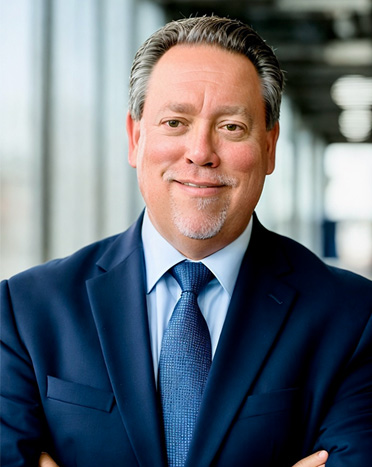
Gender differences in pay levels: an examination of the compensation of university presidents
A paper in the INFORMS journal of Organization Science find the gender pay gap lessens among university presidents at prestigious universities.

A paper in the INFORMS journal of Organization Science find the gender pay gap lessens among university presidents at prestigious universities.

While serious economic and societal issues continue to swirl around the gender pay gap, new research published in the INFORMS journal Organization Science shows one area where this inequality is starting to disappear—higher education. Researchers have found that the gender pay gap disappears at more prestigious universities.

A new study finds that the gender pay gap for university presidents -- currently about 9 percent -- in large part disappears at the most elite colleges and universities. The study was published in the journal Organization Science.

The lengths to which women still have to go to break the glass ceiling in higher education are laid bare by new data which show that just one in six universities globally has a female leader.

University of Maryland Medical Center in Baltimore was the site of the drone delivery of an organ used in a transplant, officials said. The flight took place April 19. Beginning at 1 a.m., a kidney was flown for about 10 minutes, covering a distance of 2.6 miles across the city to UMMC. With a scheduled operation time for 5 a.m., the organ was then successfully transplanted into a patient with kidney failure. The team behind the effort believes use of unmanned vehicles can expand access to donor organs.

Jeff Cohen
Chief Strategy Officer
INFORMS
Catonsville, MD
[email protected]
443-757-3565
An audio journey of how data and analytics save lives, save money and solve problems.


With seemingly no limit to the demand for artificial intelligence, everyone in the energy, AI, and climate fields is justifiably worried. Will there be enough clean electricity to power AI and enough water to cool the data centers that support this technology? These are important questions with serious implications for communities, the economy, and the environment.

It’s college graduation season, which means over 4 million seniors will graduate in the next few weeks, flooding the job market with new candidates. One area that has shown high potential for the right candidates is artificial intelligence and machine learning. Both disciplines are part of the larger data and analytics career path.

Drugs being explicitly developed to treat rare diseases are getting more expensive.

Robert F. Kennedy Jr., as the new secretary of Health and Human Services, is the nation’s de facto healthcare czar. He will have influence over numerous highly visible agencies, including the Centers for Disease Control and Prevention, the National Institutes of Health and the Food and Drug Administration, among others. Given that healthcare is something that touches everyone’s life, his footprint of influence will be expansive.

The recent US-China agreement to temporarily reduce tariffs is a major step for global trade, with tariffs on US goods entering China dropping from 125% to 10% and on Chinese goods entering the US decreasing from 145% to 30% starting May 14. While this has boosted markets and created optimism, key industries like autos and steel remain affected, leaving businesses waiting for clearer long-term trade policies.

With sweeping new tariffs on Chinese-made products set to take effect this summer, Americans are being urged to prepare for price hikes on everyday goods. President Donald Trump's reinstated trade policies are expected to affect a wide swath of consumer imports, including electronics, furniture, appliances, and baby gear. Retail experts are advising shoppers to act before the tariffs hit and prices rise.

Twenty years ago, few people would have been able to imagine the energy landscape of today. In 2005, US oil production, after a long decline, had fallen to its lowest levels in decades, and few experts thought that would change.

In the case of upgrading electrical and broadband infrastructure, new analysis from the University of Massachusetts Amherst reveals {that a} “dig once” strategy is almost 40% more economical than changing them individually.